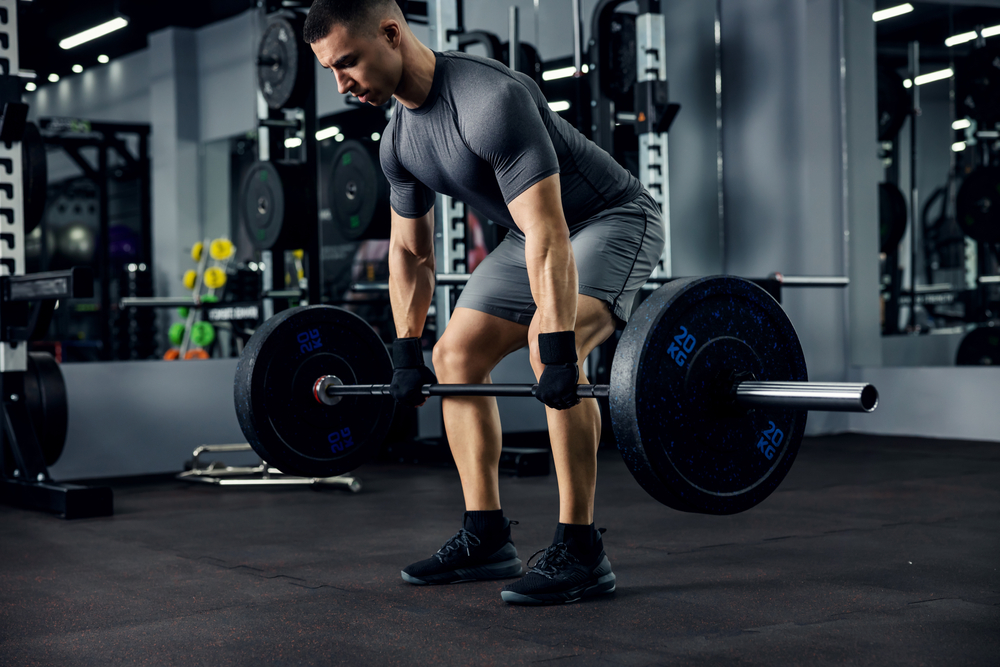Weightlifting is a crucial aspect of many fitness routines, and it’s essential to prepare your body properly before diving into heavy lifting. Whether you’re a seasoned weightlifter or just starting, warming up before lifting weights can prevent injury and improve your performance.
What are the basics?
While there might be some differences in warming up for running versus weightlifting, the overall concept is the same. For example, a running warm-up generally includes a light run/jog, dynamic stretches, and plyometric exercises. Warming up for weightlifting might include some form of cardio, light stretching, a targeted exercise of stabilizer muscles, and your primary exercise with light weights (warm-up sets).
Let’s say you are warming up for a bench press or squat. An example warm-up might look like this:
| Bench Press | Squat |
| 10 min. Jump Rope, Bike, Bike Triceps/ Pec Stretch Shoulder External Rotation Push Ups Bench Press with Lightweight | 10 min. Jump Rope, Bike, Bike Hip flexor/ glute stretch Fire Hydrants Lunges / step ups Squats with Lightweight |
Just like running you want to target the muscles that you are going to be using for the activity that you wish to do.
Weightlifting can help improve your posture and form, which is crucial for runners.
By having good posture and form, you’ll reduce your risk of injury and be able to run more efficiently. It can also improve bone density, reducing your risk of osteoporosis and other bone-related conditions. But if done improperly and with a poor warm-up, it can also lead to injury.
Weightlifting for runners is an essential component of any fitness routine. By improving your performance, reducing the risk of injury, and improving your overall health, weightlifting can help take your running to the next level. So, suppose you’re a runner looking to improve your performance and reduce your risk of injury. In that case, I recommend incorporating weightlifting into your routine.
Andre Williams PT, DPT

